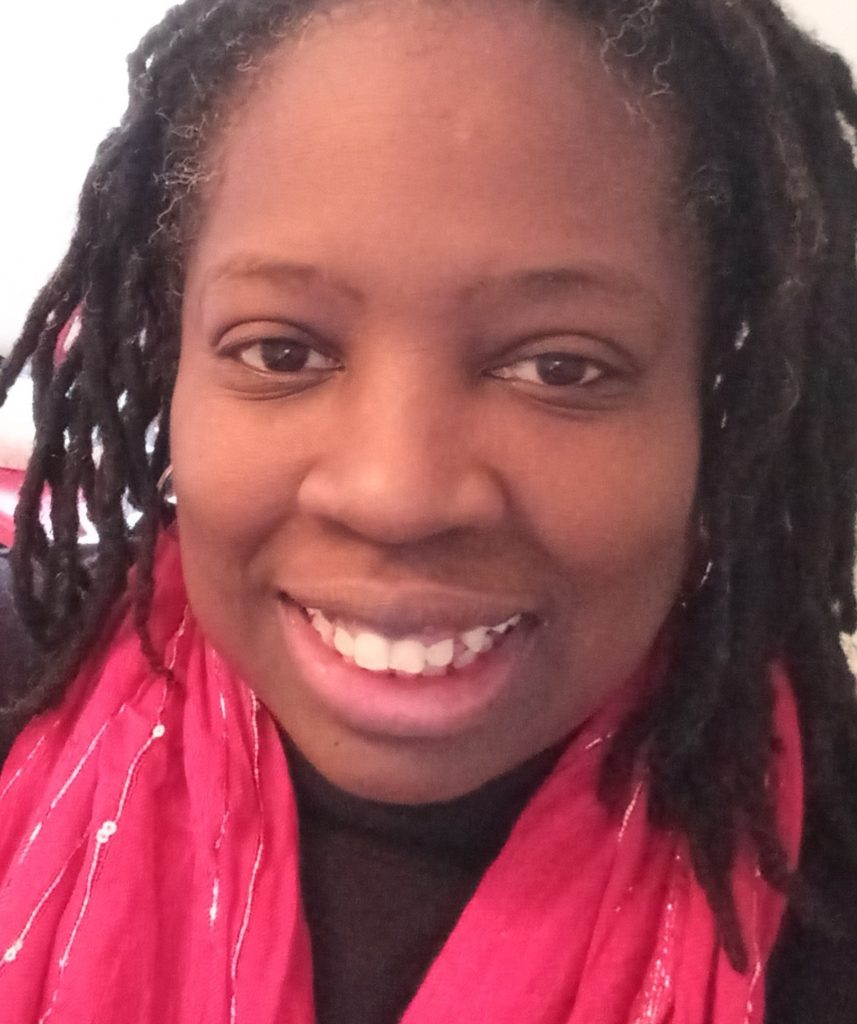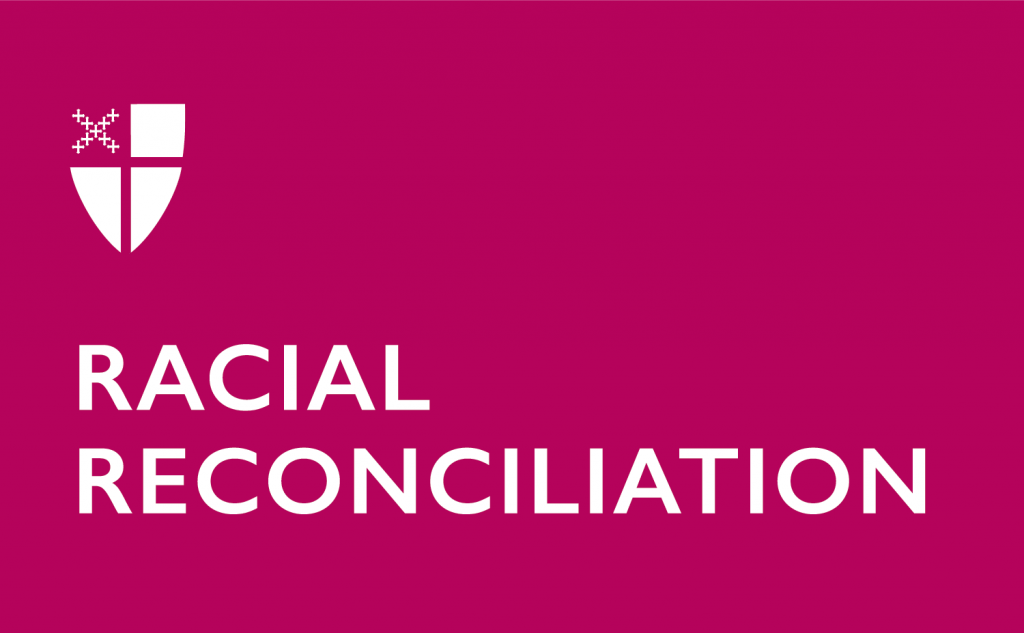The Crisis of Climate and Racism
By Gabrie’l Atchinson
On a snowy morning in 2019, I drove to the southern campus of Erie Community College to teach the environment segment for my section of Introduction to Sociology. We discussed the activism of young environmentalists Greta Thunberg, Autumn Peltier, and Leah Thomas.
During my lecture, I pointed out that in a place like Buffalo an occasional snow might cancel school for a day; however, the entire state of New York being shut down twice in one seasondue to the weather was unprecedented. As Gov. Cuomo and the state police pulled over and ticketed truck drivers on closed highways, I wondered how disruptive those days must have been for our economy. We should expect more intense and disruptive winter storms as well as increasingly oppressive summers.
What initially made me passionate about environmental issues, however, was the aftermath of Hurricane Katrina. Here, a natural disaster exacerbated by racism caused the deaths and forced displacement of people who looked like me. I could no longer see environmental issues as separate from economic and racial justice. BIPOC (Black, Indigenous, and People of Color) communities often cannot bounce back from or even live through natural disaster. As we face intense temperatures, storms, fires and lengthy power outages in our country, we must keep in mind that the people who are the most vulnerable will suffer and die disproportionately.
Environmental racism (or environmental injustice) also calls attention to the ways in which environmental hazards cause lasting health disparities for BIPOC communities. I grew up in the South Bronx, where Black and Brown children disproportionately live with and die from asthma. Completed one year after I was born, the Cross Bronx Expressway was designed to connect suburbs to employment centers in Manhattan with a total disregard for the well-being of the people in Bronx neighborhoods. City planners chose my neighborhood as a good location to store and dump toxic waste. Communities here in Buffalo face similar public heath challenges because of the Peace Bridge and Scajaquada Expressway.
My participation in this year’s UN Climate Conference (known as COP26) will help me place our local concerns within a global context. I have already learned that it is consistently those who contribute the least to climate change who suffer the most from its impact throughout the world. If I can bring one message back to the people of faith in my community, it would be this—for many people around the world, the climate crisis is already here.
Interdependence is an ecofeminist value, which means that each of us is valuable and an important part of the whole. We need each other. Our purpose is to create conditions where all people can live in dignity and harmony with nature and the earth. As stewards of God’s creation, we have a responsibility not only to the planet, but also to the people who are our neighbors. A commitment to environmental justice demonstrates our love for God and our commitment to be the body of Christ here on earth.
Gabrie’l J. Atchison, who has a master of arts in religion from Yale Divinity School, is the missioner for administration for the Episcopal Dioceses of Western New York and Northwestern Pennsylvania, and the president of the Bishop Holly Chapter, UBE (Buffalo, NY).
To learn more about Episcopal climate advocacy and the Presiding Bishop’s Delegation to the UN Climate Change Conference COP26, visit the COP26 Homepage.
All are invited to the following event:
November 12th at 2 PM EDT: “COP26 Closing Event: Report Back from the Presiding Bishop’s Delegation” – Register here


